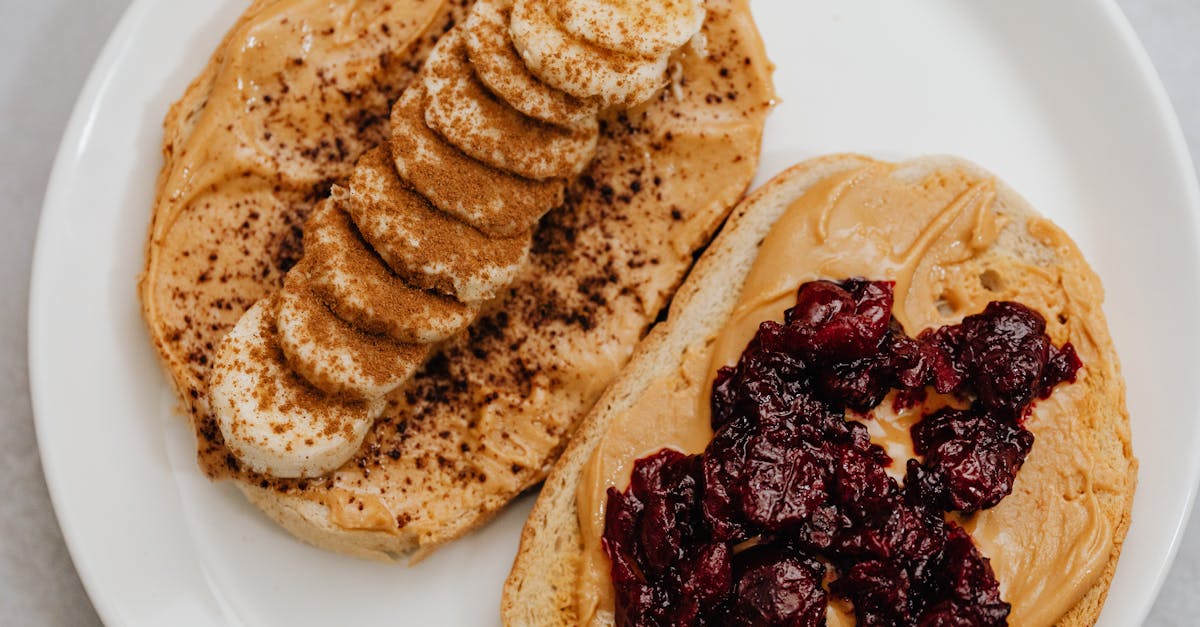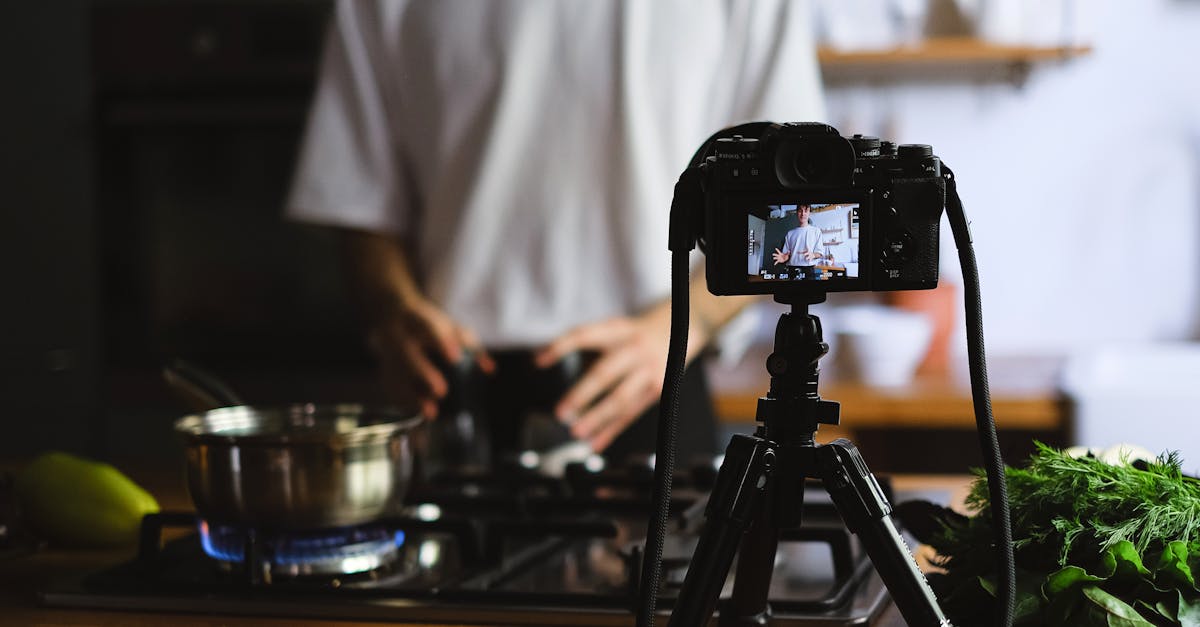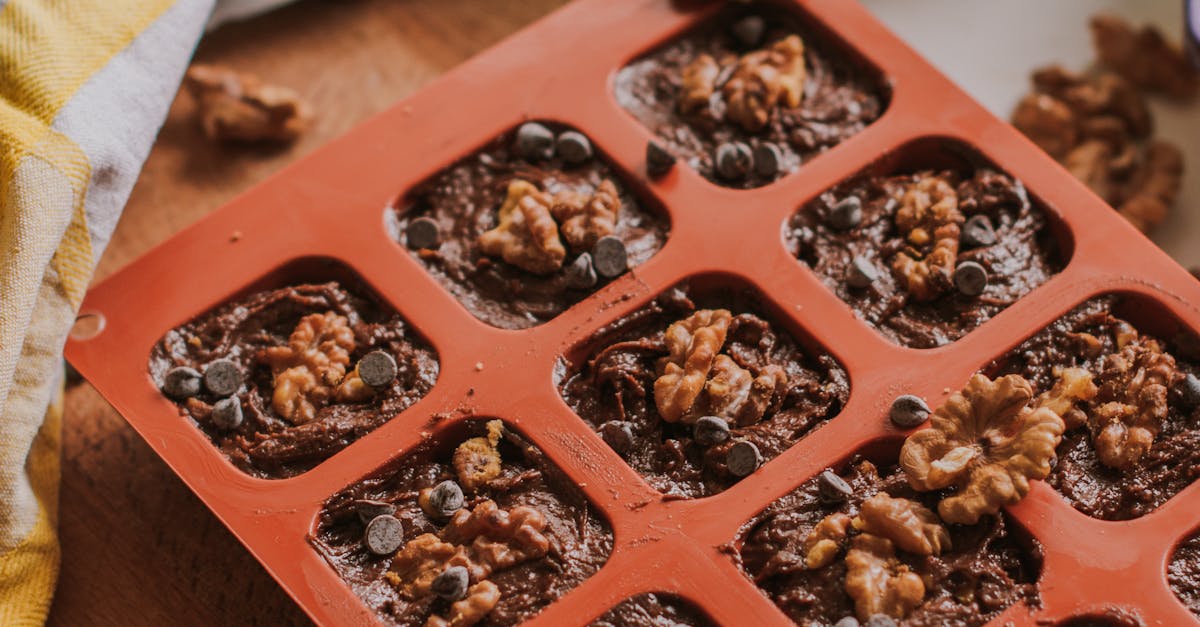Okay, cookie lovers, let’s be honest – chocolate chip cookies are amazing. But what if I told you we could make them even better? Prepare for a flavor explosion because we’re diving headfirst into the world of frosting-filled chocolate chip cookies! Forget those plain old cookies, we’re talking about a delightful dance of textures and tastes – the soft chew of a perfectly baked cookie cradling a luscious, creamy frosting center. It’s a game-changer, a baking revolution, a culinary masterpiece (okay, maybe I’m getting a little carried away, but you get the idea). This isn’t just a recipe; it’s an experience. Get ready to impress your friends, family, and most importantly, yourself with these unbelievably delicious cookies. We’ll break down every step, from perfectly creamed butter to achieving that oh-so-satisfying frosting filling, ensuring you end up with cookies so good, you’ll be dreaming about them (and maybe even sneaking a few extra before they’re all gone!).
Key Insights: Mastering the Art of Frosting-Filled Chocolate Chip Cookies
- Frosting-filled chocolate chip cookies offer a delightful combination of textures and flavors. The chewy cookie and creamy frosting create a multi-sensory experience that elevates the classic chocolate chip cookie.
- Ingredient temperature is crucial for optimal texture. Room-temperature butter and eggs are essential for proper creaming and emulsification, resulting in soft, chewy cookies.
- Mastering the creaming method is key to achieving the perfect cookie texture. Properly creaming butter and sugar incorporates air, resulting in lighter, fluffier cookies.
- Various frosting options allow for customization and creativity. From classic vanilla buttercream to decadent chocolate ganache, the choice of frosting significantly impacts the overall flavor profile.
- Proper cooling and storage techniques ensure maximum freshness. Cooling cookies on a wire rack and storing them in an airtight container at room temperature will maintain their deliciousness for several days.
1. The Allure of the Frosting-Filled Cookie: Why You NEED This Recipe
Let’s be real, chocolate chip cookies are already pretty darn amazing. But have you ever considered taking that amazingness to a whole new level? We’re talking about a flavor and texture explosion: the ultimate frosting-filled chocolate chip cookie. It’s not just about adding frosting; it’s about creating a harmonious blend of chewy, gooey cookie and luscious, creamy filling. Imagine biting into that perfect cookie, the warmth spreading through you, and then BAM! That unexpected burst of creamy frosting in the center. It’s pure bliss, I tell you. This isn’t your grandma’s cookie recipe (unless your grandma is a baking genius, in which case, kudos to her!). This is an elevated, next-level treat that will have everyone begging for more. Think of it: the satisfying chew of the cookie perfectly counterpoints the smooth, rich frosting – it’s a textural tango in your mouth that’s simply irresistible.
Seriously, why haven’t you been making these already? It’s the perfect combination of classic comfort food with a delightful twist. The internet is brimming with evidence of this cookie’s popularity; it’s a trending treat for a reason! It’s a crowd-pleaser at any gathering, perfect for gifting, and honestly, just as satisfying to devour by yourself while watching your favorite show. The best part? It’s surprisingly simple to make. We’re going to walk you through every step, ensuring your frosting-filled cookies are show-stoppers. So, grab your apron, gather your ingredients, and get ready for the cookie upgrade of your life.
Trust me, you need this recipe. It’s the kind of treat that’ll make you wonder why you ever settled for regular chocolate chip cookies. It’s the perfect blend of sweet, chewy, and creamy—a culinary masterpiece in every bite. This isn’t just baking; it’s an experience; a celebration of texture and taste. Prepare to be amazed!
The Science of Cookie-Frosting Harmony
Okay, let’s get a little nerdy (in the best way possible!). Why are these frosting-filled cookies so unbelievably good? It’s not just magic, although it might feel like it. It’s science! The perfect cookie-frosting combo is all about the interplay of textures and flavors. Think about it: the chewy, slightly crisp exterior of the cookie provides a wonderful textural contrast to the smooth, creamy interior of the frosting. This textural contrast is key; it keeps things interesting and prevents the experience from becoming monotonous. A perfectly soft cookie, too soft and it will fall apart and the frosting will be swallowed up; too crisp and the cookie will be dry and tasteless. Finding the perfect balance is the key to culinary success.
Flavor-wise, it’s a similar story. We’re pairing the classic chocolate chip cookie flavor—rich, slightly sweet, and intensely comforting—with a complementary frosting flavor. A classic vanilla buttercream, perhaps, or maybe a decadent chocolate ganache. The goal is not to overpower the cookie’s flavor, but to enhance it. The frosting acts as a delicious counterpoint, enriching the experience rather than masking the cookie’s inherent deliciousness. Different frostings bring different levels of sweetness and depth, creating unique and flavorful experiences every time. This isn’t a random pairing; it’s a carefully considered collaboration designed to achieve maximum deliciousness.
This carefully considered combination isn’t arbitrary. There’s a whole science behind the perfect bite: the right balance of fat and sugar in the cookie dough, the ideal creaming process to create the best texture, the correct temperature for baking to achieve that characteristic chewiness. The frosting, too, has its own delicate balance: the right ratio of butter, sugar, and flavorings creates the perfect consistency for that delightful center. So, next time you bite into one of these delightful treats, appreciate the complex interplay of science and culinary art that went into making it. (Want to delve deeper into the science of baking? Check out [link to a scientific baking blog/article here]).
Why Frosting-Filled Cookies are Trending
So, why are frosting-filled cookies having their moment in the sun? Well, a few things are happening in the world of baking trends that make this cookie a total superstar. Firstly, there’s a huge emphasis on elevated comfort food. We’re not just talking about basic recipes anymore; people are looking for that extra something special, that luxurious touch that makes a classic treat even better. Frosting-filled cookies perfectly capture this trend. It’s taking a beloved classic and adding a decadent layer of flavor and texture, turning a simple cookie into a real showstopper.
Secondly, the rise of visually stunning desserts is huge on social media. People love sharing their baking creations, and these cookies are incredibly photogenic. That perfect, gooey frosting center peeking out from the golden-brown cookie? It’s practically begging to be Instagrammed! The beauty of these cookies lends itself to creative presentation and photography. Plus, who doesn’t love a satisfyingly beautiful dessert that also tastes amazing?
Finally, and perhaps most importantly, these cookies are simply delicious. It’s a winning combination of classic flavors and textures that are incredibly satisfying. The chewy cookie, the rich frosting, the burst of chocolate chips – it’s a multi-sensory experience that hits all the right notes. This isn’t just a fleeting trend; it’s a dessert that’s here to stay because it delivers on both flavor and visual appeal, a perfect combination for the modern baker and dessert lover.
2. Gathering Your Ingredients: A Baker’s Checklist
Alright bakers, let’s get organized! Before we dive into the deliciousness of making frosting-filled chocolate chip cookies, we need to make sure we have all our ingredients lined up and ready to go. Think of this as your pre-flight checklist before takeoff to cookie heaven. No frantic last-minute dashes to the store while your oven preheats – we’re professionals here (or soon will be!). This isn’t a super-complicated recipe, but having everything prepped and measured will make the baking process so much smoother and more enjoyable. Trust me, your future self will thank you for this meticulous preparation.
We’ll be breaking down the ingredients into two main categories: those for the cookie dough itself and those for the heavenly frosting. For the cookies, you’ll need the usual suspects: butter, sugar, eggs, flour, baking soda, salt, and of course, those delightful chocolate chips. We’ll also provide some handy substitution suggestions for those who need dairy-free, gluten-free, or other dietary modifications. Don’t worry, we’ve got you covered! The frosting list will depend on your chosen flavor profile – we’ll explore a few options, from classic vanilla buttercream to a rich chocolate ganache. Each will have its own specific ingredient list, so keep an eye out for that section.
One crucial tip before we start: pay attention to ingredient temperatures! Room temperature butter and eggs are your secret weapons for achieving that perfect cookie texture. Cold ingredients will lead to a less-than-ideal outcome. So, let those ingredients sit out on the counter for a while before you begin. Once you have all your ingredients prepped and measured, you’re ready to embark on this delicious baking journey. Let’s get those ovens fired up and create some magical cookies!
Essential Ingredients & Substitutions
Let’s talk ingredients! This recipe is designed to be adaptable, so whether you’re a seasoned baker or a newbie, you should be able to whip up a batch of these delicious cookies. We’ll start with the essential ingredients for the cookie dough itself. You’ll need unsalted butter (for better flavor control), granulated sugar, brown sugar (for that extra touch of molasses-y goodness), large eggs, all-purpose flour, baking soda, salt, and of course, your favorite chocolate chips (semi-sweet is classic, but milk chocolate or dark chocolate works too!). It’s a pretty standard cookie dough list, nothing too fancy here.
Now, for those who need or prefer substitutions, let’s dive in. For a vegan option, swap out the butter for a good quality vegan butter – make sure it’s a stick butter, not a spread, for the best results. You can also use flax eggs (1 tbsp flaxseed meal mixed with 3 tbsp water) in place of the regular eggs. For gluten-free baking, a good blend of gluten-free flour is key. There are many excellent blends on the market, so choose one that’s designed for cookies. Remember that gluten-free baking often requires a bit of tweaking—you might need to add a little extra liquid or adjust the baking time slightly. Don’t be afraid to experiment!
Remember, ingredient substitutions can sometimes slightly alter the texture or taste of your cookies, so feel free to experiment and find what works best for you. The most important thing is to have fun and enjoy the process! The beauty of baking is in the ability to personalize and create something delicious that fits your needs and preferences. With a few simple swaps, you can create delicious frosting-filled cookies that everyone can enjoy.
Pro-Tip: Ingredient Temperature Matters!
Okay, bakers, here’s a pro-tip that will seriously elevate your cookie game: pay attention to your ingredient temperatures! This might seem like a minor detail, but trust me, using room-temperature butter and eggs is crucial for achieving that perfect cookie texture. We’re not just talking about a slightly better cookie; we’re talking about the difference between a delightful, chewy cookie and something a bit…tough. So, why is temperature so important?
Room-temperature butter is key for proper creaming. Creaming is the process of beating butter and sugar together until light and fluffy, which incorporates air into the mixture. This air is what gives your cookies that light and airy texture, preventing them from being dense and flat. Cold butter is harder to cream, resulting in less air incorporation and ultimately, denser cookies. Similarly, room-temperature eggs emulsify better with the other ingredients, creating a more cohesive dough that bakes evenly and results in a softer, chewier final product. Cold eggs can cause the dough to become separated or uneven, resulting in cookies that are less than perfect.
So, how do you ensure your ingredients are at the right temperature? Take your butter and eggs out of the refrigerator at least 30 minutes to an hour before you start baking. You want the butter to be soft enough to easily cream, but not melted. The eggs should be soft and pliable. This seemingly small step makes a huge difference in the final outcome, transforming your cookies from good to absolutely amazing. Believe me, this is one of those baking secrets that professionals know and love—it’s a simple yet effective trick for achieving consistently perfect results. Don’t skip this step; your taste buds will thank you!
3. Making the Perfect Chocolate Chip Cookie Dough
Alright, cookie dough enthusiasts, let’s get our hands dirty! Making the perfect chocolate chip cookie dough is the foundation of our frosting-filled masterpiece, so we’re going to take our time and do it right. Remember those room-temperature butter and eggs we talked about? This is where they shine. We’ll start by creaming together the butter and sugars—both granulated and brown—until the mixture is light and fluffy. This is crucial for creating a tender and chewy cookie. Don’t rush this step; it takes a few minutes, but the result is well worth the effort. The key is to beat the mixture until it’s light and airy, incorporating as much air as possible—this is what gives cookies their signature texture.
Creaming Butter and Sugar: The Key to Soft Cookies
Creaming butter and sugar might sound simple, but it’s the secret weapon for creating those wonderfully soft and chewy chocolate chip cookies we all crave. It’s more than just mixing; it’s a crucial step that significantly impacts the final texture of your cookies. This process involves beating softened butter and sugar together until the mixture is light, fluffy, and pale in color. This seemingly simple act is actually quite important, and skipping it or rushing through it will impact the quality of your cookies.
Adding the Wet and Dry Ingredients: Mastering the Technique
Now that our butter and sugar mixture is light and fluffy, it’s time to bring in the rest of the ingredients! This is where we need to be careful to avoid overmixing, which can lead to tough cookies. We’ll start by adding the eggs one at a time, beating well after each addition to ensure everything is properly incorporated. This helps to create a smooth and even cookie dough. Don’t worry about achieving a perfectly smooth consistency at this stage; a few lumps are perfectly fine.
4. Crafting the Dreamy Frosting
Okay, cookie dough is done – time for the star of the show: the frosting! This is where we get to unleash our creativity and choose the perfect complement to our delicious chocolate chip cookies. The possibilities are endless! A classic vanilla buttercream is always a crowd-pleaser, offering a light and subtly sweet contrast to the rich chocolate. If you’re feeling adventurous, a decadent chocolate ganache adds a layer of intense chocolatey richness that takes things to a whole new level. Or maybe a cream cheese frosting for a tangy twist? The choice is yours!
Choosing Your Frosting Flavor Profile
Now for the fun part: choosing your frosting flavor profile! The right frosting can elevate your cookies from good to unforgettable, so let’s explore some delicious options that pair beautifully with our chocolate chip cookie base. A classic vanilla buttercream is always a safe bet. Its light sweetness and creamy texture provide a delightful contrast to the rich chocolate of the cookies, creating a harmonious balance of flavors and textures. The vanilla’s subtle sweetness won’t overpower the cookie, allowing both flavors to shine.
Making the Frosting: A Simple Recipe
Let’s whip up some dreamy frosting! For this example, we’ll go with a classic vanilla buttercream, but feel free to adapt this based on your chosen flavor profile. The beauty of buttercream is its simplicity; it’s surprisingly easy to make and incredibly versatile. You’ll need unsalted butter (again, room temperature!), powdered sugar, vanilla extract, and a pinch of salt. Start by beating the softened butter until it’s light and fluffy. Gradually add the powdered sugar, beating until smooth and creamy. Then, stir in the vanilla extract and salt. That’s it! You’ve made your frosting!
5. Assembling Your Masterpiece: Filling the Cookies
Time to assemble our culinary masterpiece! With our perfectly baked cookies and dreamy frosting ready, it’s time to bring them together. There are a few different ways you can approach filling your cookies, depending on your preference and level of finesse. For a more rustic look, you can simply spoon a generous dollop of frosting onto one cookie half, then top with another half. This is a quick and easy method that results in a delightful, slightly messy cookie—perfectly charming in its imperfection!
Filling Techniques for Perfect Frosting Pockets
Let’s talk filling techniques! The method you choose will affect the look and feel of your finished cookies. For a rustic, generous filling, a spoon is your best friend. Simply scoop a dollop of frosting onto one cookie half and top with another. This method is quick, easy, and results in a delightful, uneven filling that adds to the cookie’s charm. It’s perfect for a relaxed, homemade feel.
Preventing Messy Filling
Nobody wants a frosting explosion! While a little messy charm is endearing, we want to avoid completely overflowing cookies. Here are a few tips to keep your frosting contained and your cookies looking picture-perfect. First, consider the consistency of your frosting. If it’s too thin, it’ll be more likely to ooze out. A slightly thicker frosting will hold its shape better. If your frosting is too thin, you can add a little more powdered sugar to thicken it up.
6. Baking to Perfection: Golden Brown Goodness
It’s baking time! This is the moment of truth – the culmination of all our hard work. We’re aiming for those perfectly golden-brown cookies, a testament to perfectly baked deliciousness. Preheat your oven to the specified temperature (we’ll provide the exact details in the recipe), and make sure your baking sheet is ready. Don’t overcrowd the pan; give your cookies enough space to spread out and bake evenly. Overcrowding can lead to uneven baking and potentially soggy cookies.
Oven Temperature & Baking Time
Oven temperatures can vary, so it’s important to know your oven! While we’ll provide a recommended baking time and temperature in the full recipe, your oven might run slightly hotter or cooler than average. Most home ovens have variations in heat distribution, which means that one part of the oven might bake faster than another. This is completely normal, and it’s one reason why you should always keep an eye on your cookies while they bake.
Recognizing the Perfect Bake
How do you know when your cookies are perfectly baked? It’s not just about following the recipe’s timing; it’s also about using your eyes! Look for those telltale signs of doneness. The edges of the cookies should be golden brown, and the centers should appear slightly soft but not completely doughy. If the edges are too dark, your cookies might be overbaked; if the centers are still very pale and soft, they likely need more time.
7. Cooling and Storage: Keeping Your Cookies Fresh
Don’t let your hard work go to waste! Proper cooling and storage are crucial for keeping your cookies fresh and delicious for days. Once your cookies are out of the oven, let them cool on the baking sheet for a few minutes before transferring them to a wire rack to cool completely. This prevents them from becoming soggy. Resist the urge to eat them warm; trust me, the wait is worth it!
Cooling Method for Optimal Texture
Soggy cookies are the enemy! To achieve that perfect cookie texture—chewy centers and slightly crisp edges—proper cooling is key. Immediately transferring hot cookies to an airtight container traps steam, leading to a soggy mess. Instead, let them cool on the baking sheet for a few minutes to set slightly before moving them to a wire rack. This allows air to circulate around the cookies, preventing moisture buildup and ensuring they cool evenly.
Storage Tips for Maximum Freshness
Once your cookies are completely cool, proper storage is essential for maintaining their deliciousness. An airtight container is your best friend here. It keeps moisture out and prevents your cookies from drying out or absorbing unwanted odors from the fridge. A cookie jar is also a charming option, provided it has a tight-fitting lid. Store your cookies at room temperature in a cool, dark place. This should keep them fresh and delicious for several days.



